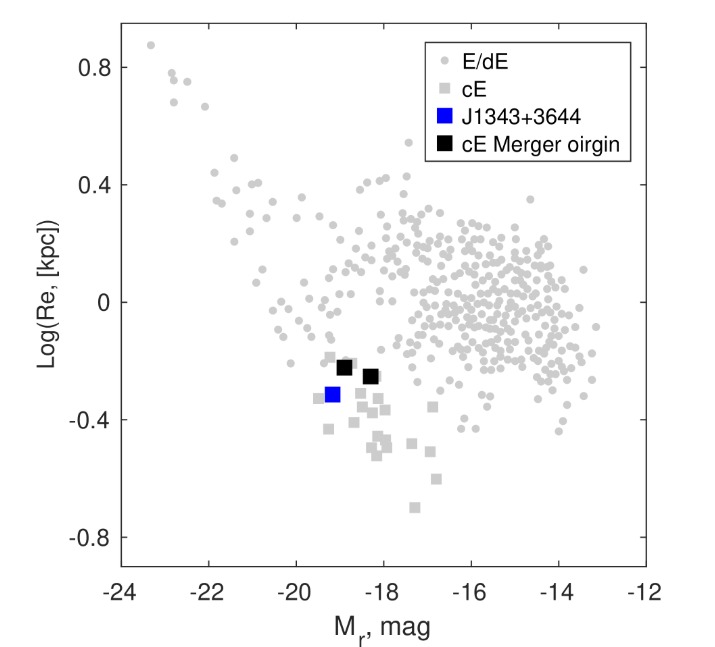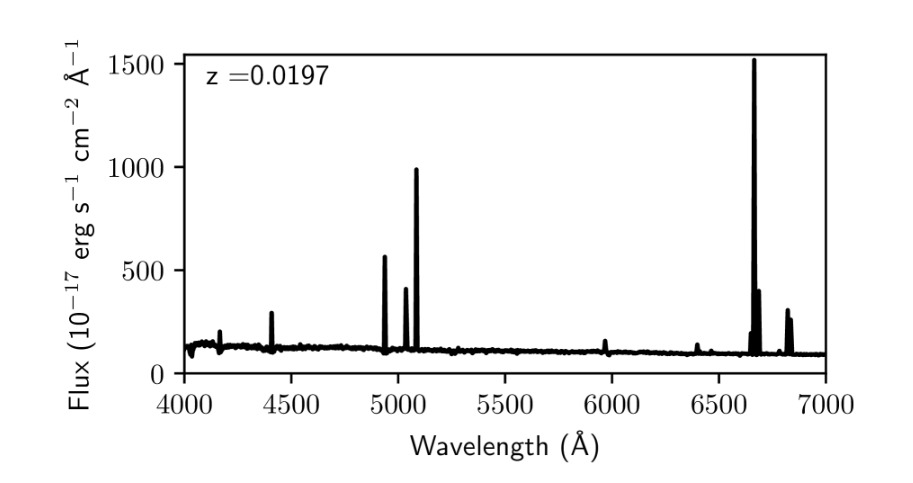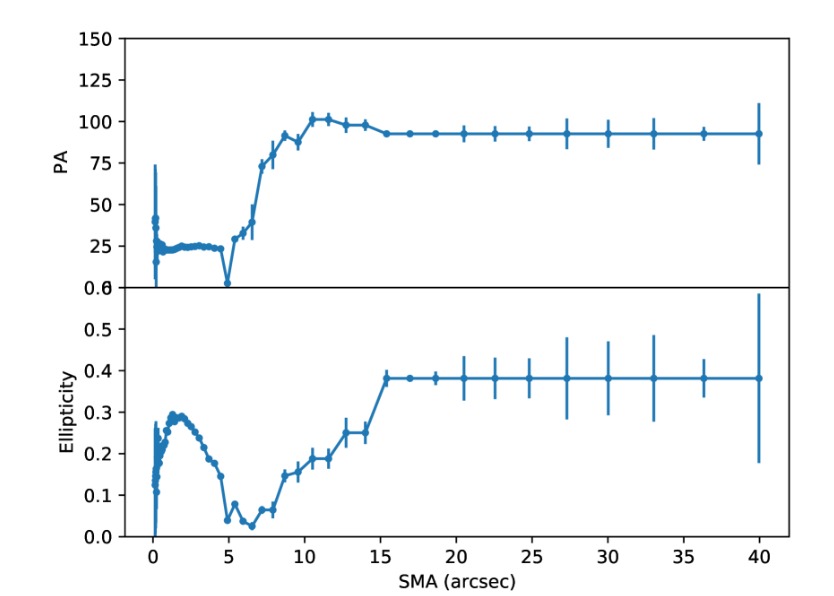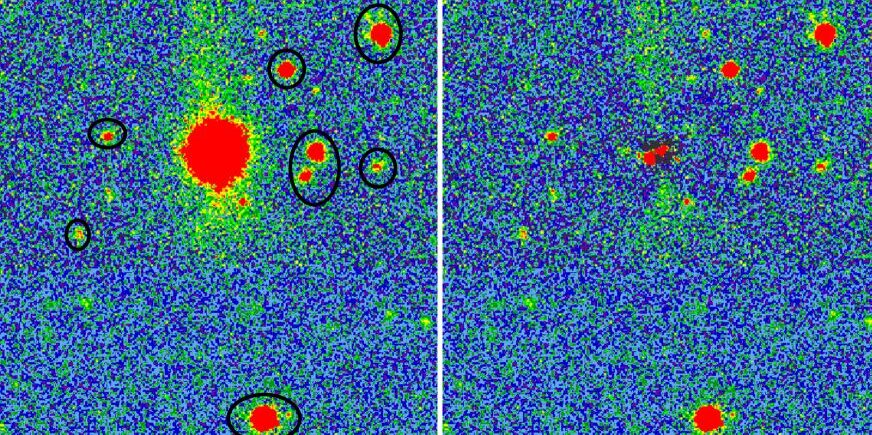Astronomers from the Tribhuvan University (TU) in Nepal have discovered the destiny of a Compact Dwarf Galaxy (CDG). Analysing the available observational data, they investigated the properties of a compact dwarf galaxy designated SDSS J134313.15+364457.5 (or J1343+3644 for short). They have found that J1343+3644 will evolve into a compact elliptical galaxy.
Normally, those galaxies are the most numerous in the universe compared to other galaxies, but are difficult to detect due to their low luminosity, small mass and small size.

J1343+3644 is a compact dwarf galaxy in the process of merging, at a redshift of approximately 0.02, with an r-band absolute magnitude of -19.17 mag. The galaxy has an overall fairly round shape and hosts an elongated, low surface brightness tidal tail in the north direction.
Recently, Daya Nidhi Chhatkuli and his team of astronomers at Tribhuvan University (TU), Nepal, decided to inspect this galaxy in detail to explore its possible evolutionary scenario. Observational and theoretical evidence suggests that compact galaxies like J1343+3644 follow diverse evolutionary paths, often involving central starbursts or tidal stripping.
Daya Nidhi Chhatkuli and team said on paper, “Early-formed galaxies are notably more compact than those formed later, evident from the smaller sizes of high-redshift galaxies compared to their local counterparts. This raises intriguing questions about the formation and evolution of compact galaxies in the early universe, a significant mystery in modern cosmology”

According to the published research paper, J1343+3644 has a half-light radius of about 1,570 light years, a neutral hydrogen mass of about 7.9 billion solar masses, and its star-formation rate is estimated to be at a level of 0.87 solar masses per year. So, J1343+3644 is significantly smaller than other galaxies with the same brightness and appears to be the most compact early-formed galaxy.
Listen the article-
Similarly, it was observed that the star-formation activity in J1343+3644 is recent and includes a notable portion of the old stellar population. Astronomers suppose that the merger with a satellite galaxy contributed to the old stellar population and eventually perturbed the primary gaseous disk, leading to a burst of star formation at the center of J1343+3644.

The colour profile revealed that the inner part of J1343+3644 is significantly bluer than its outer tidal tail. This colour difference suggests that J1343+3644 may have accreted a non-star-forming dwarf galaxy.
Based on the obtained results, Scientists conclude that when the cessation of star formation occurs in J1343+3644, which is usually expected over a timescale of several hundred million years, the system will most likely evolve into a compact elliptical galaxy.
Read the completed research paper here a team lead by Daya Nidhi Chhatkuli

8 comments
Anish
Fantastic job by Nepalese scientist Good coverage by The Mirror
Rupi Tamang
It’s refreshing to see science presented in such a balanced, engaging, and reflective manner.
Avenue
The vivid descriptions and grounded scientific facts make this article feel like a journey through the cosmos.
Willam Kuz
Reading this reminded me why space exploration is such a vital part of human progress. Wonderfully written!
Henriz
This article beautifully captures the awe-inspiring nature of space and the relentless pursuit of knowledge in science. It’s both thought-provoking and humbling.
Acharya Kanxo
WOW
lama vai
wiseful information
KUSHAL
Insightful information